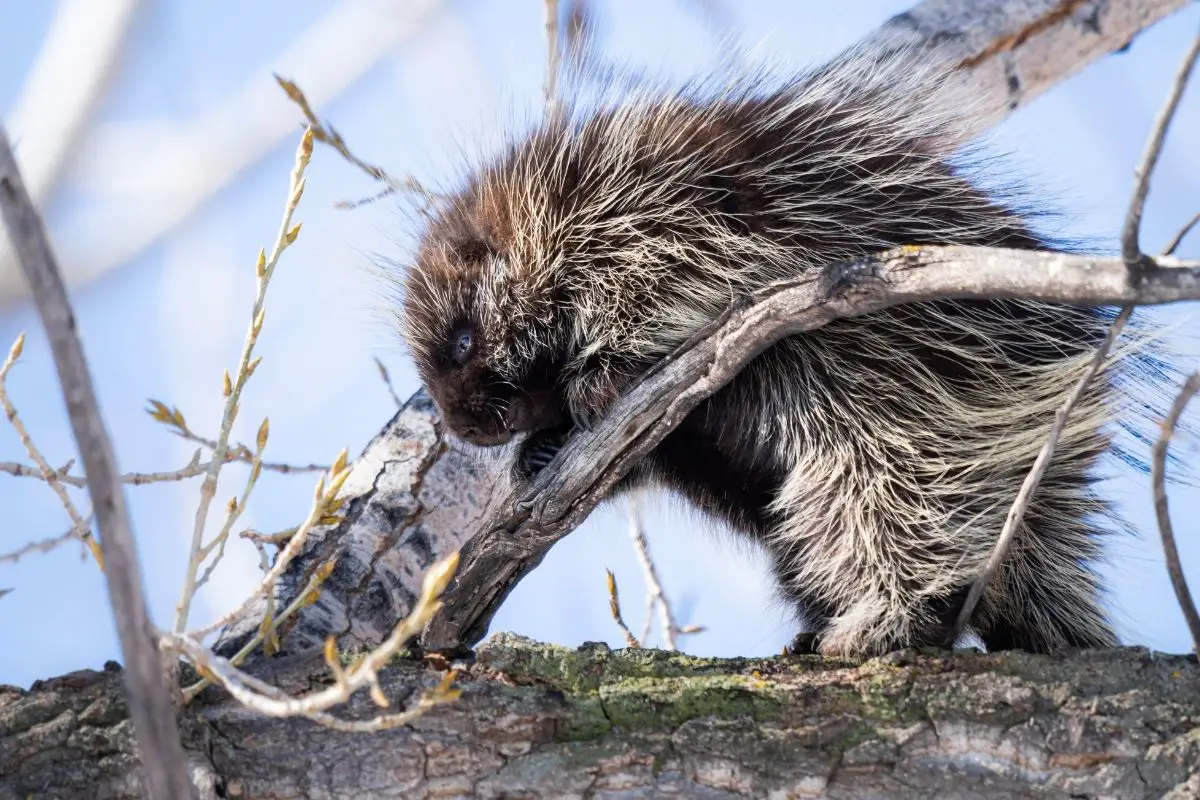
In addition to fishers, porcupine quills have been detected in the bodies of wolves, bears, lynxes, foxes, bobcats, cougars, coyotes, and even great horned owls. Predators kill porcupines by biting or flipping them over, exposing the weak bottom, and then devouring the defenseless head and neck. However, the fisher is its most successful predator.
What is a Porcupine?
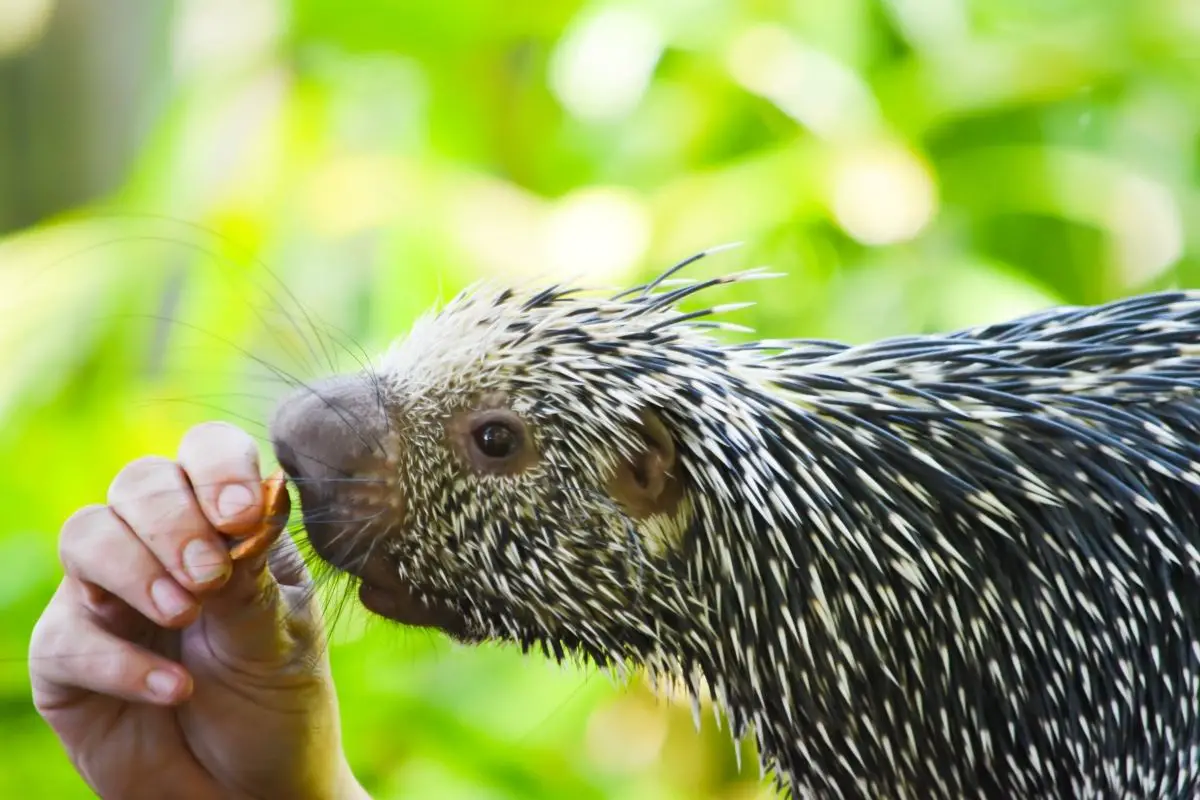
The second-largest rodent in Canada and the United States is the sluggish North American porcupine. You’ll come across them in most of North America’s wooded areas. The body and tail together can grow to a length of 25 inches (64.5 cm) and 5.5 in (14.5cm) respectively.
Why do Porcupines Have Quills?
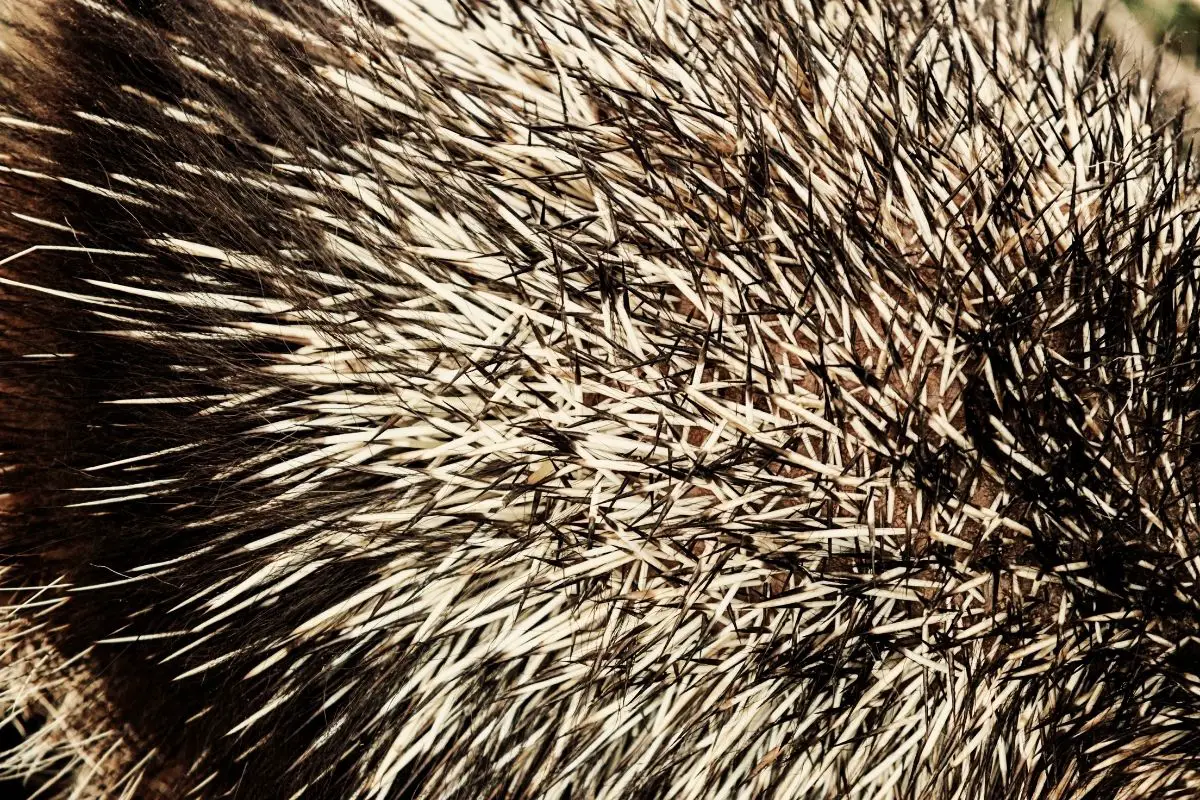
Quills cover the animal’s rump, neck, and head for added protection against predators. The North American porcupine’s spiny tail is used to lash out at its attacker when it is threatened. Poisonous quills can be easily removed from a porcupine’s body and left stuck in an attacker’s flesh.
It is a myth that porcupines can hurl their quills. Barbs cover the tips of the quills and point backward away from the tips. The barbs on a quill make it tough to remove if it gets lodged in the skin of another animal.
Even though porcupine quills can cause tissue and organ damage, they seldom become infected. The porcupines need this to protect themselves from being impaled by other porcupines, which is a common occurrence among the species. The porcupines’ air-filled quills make them excellent swimmers.
When Can You Come Across Porcupines?
North American porcupines are active throughout the year, even though they are nocturnal. During the warmer months, they eat a wide range of shrubs and tree leaves. They feed on evergreen needles and the cambium and inner bark of trees in the winter.
They are drawn to roads where salt has been used to melt winter ice because of their love of salt. They will nibble on canoe paddles, ax handles, and saddles at campsites because of the salty sweat on them. A porcupine only has one litter.
Unlike their stolid parents, young porcupines may move about pretty quickly after birth and are quite lively.
Where are Fishers Found?
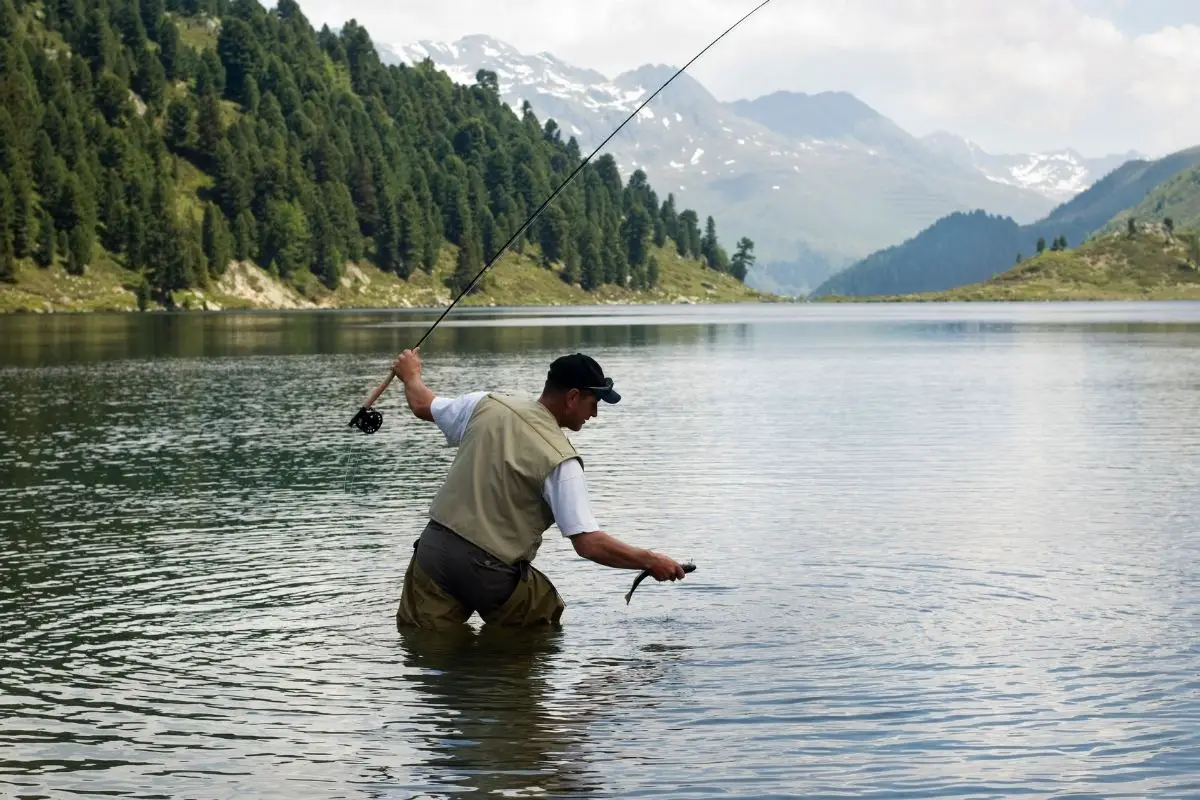
As a forest dweller, the fisher can be found across much of North America’s boreal forest, from Canada’s Yukon Territory to the northern United States. It’s a mustelid, which means it belongs to the single genus Pekania. When demonstrating gender differences, the fisher demonstrates sexual dimorphism.
Males reach adulthood weighing between 8 and 16 pounds and standing at a height of around 3 feet. The weight and length of a full-grown female range from 4 to 6 pounds.
What Makes the Porcupine an Easy Target for the Fisher?
Predators with longer legs or wings must attack from above, as the porcupine’s quill shield prevents them from being hit from the side. A lot of possible porcupine predators aren’t interested in eating it until the very last minute. Quills, on the other hand, don’t appear to be a problem for the fisher.
Fishers are the same height as porcupines and can attack them face-to-face, unlike longer-legged predators.
Weaknesses of the Porcupine
The face of a porcupine is the only part of its body that isn’t covered in armor, and the fisherman has adapted to take advantage of this vulnerability. The quills protecting its face from above are ineffective against attackers on the ground. – As a weasel-like creature, the fisher has an obvious advantage over the porcupine, since it is long and low to the ground.
It quickly strikes the porcupine’s face to inflict injury. It’s not uncommon for an attack to drag on for more than 30 minutes before the fisher can deliver a deadly bite.
What Is the Porcupine’s Secret Weapon Against Its Enemies?
Most of a porcupine’s waking hours are spent in the canopy of a tree, away from predators on the ground. While this strategy may be effective against some predators, it is completely ineffective against fishers. Using its amazing arboreal talents, this tall, slender monster will chase a porcupine up a tree and wear it down before attacking.
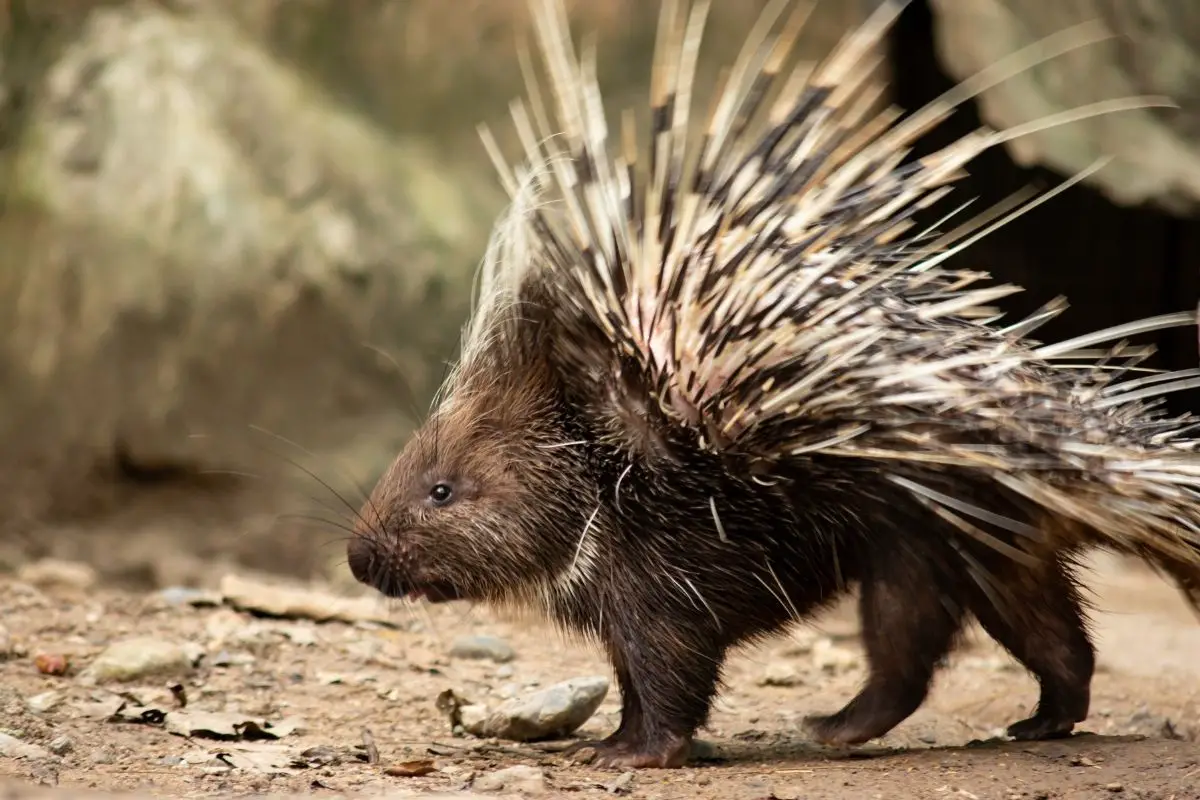
Forcing the porcupine to the ground, the fisher descends headfirst into the tree like a squirrel. The agile fisher now has the upper hand on its lethargic target once it’s on the ground. As the porcupine tries to defend its face by turning its quills toward the fisher, the fight normally proceeds in a circle.
When a porcupine is being attacked, it will whack its tail back and forth in an attempt to fend off the attacker. There are times, though, when a fisherman’s quickness and agility fail to avoid being stung by the lashing tail.
How Do Fishers Survive After Porcupine Quill Injuries?
Although a fisher is not immune to a porcupine quill, it can stave off significant illnesses that would otherwise kill most other animals from quill wounds. It is common for tagged fishers to have quills embedded in the skin from past encounters. The quills may be a nuisance to the fisher, but they don’t appear to be harmful to the fisherman’s health.
Is There a Predator for the Fisher?
Fisher populations plummeted in the late nineteenth and early twentieth centuries as they were hunted for their attractive dark brown fur. Because of the widespread logging of old-growth forests, they are also at risk of extinction. Due to a lack of predators, porcupine populations swelled significantly.
Fishers were reintroduced in some locations to control porcupine populations. Fishers and porcupines are thought to have coevolved in a predator-prey relationship. Even while the porcupine may appear to have the best defense against predation, something will always evolve to take advantage of another’s weakness.
Why are Human Fishers Predators?
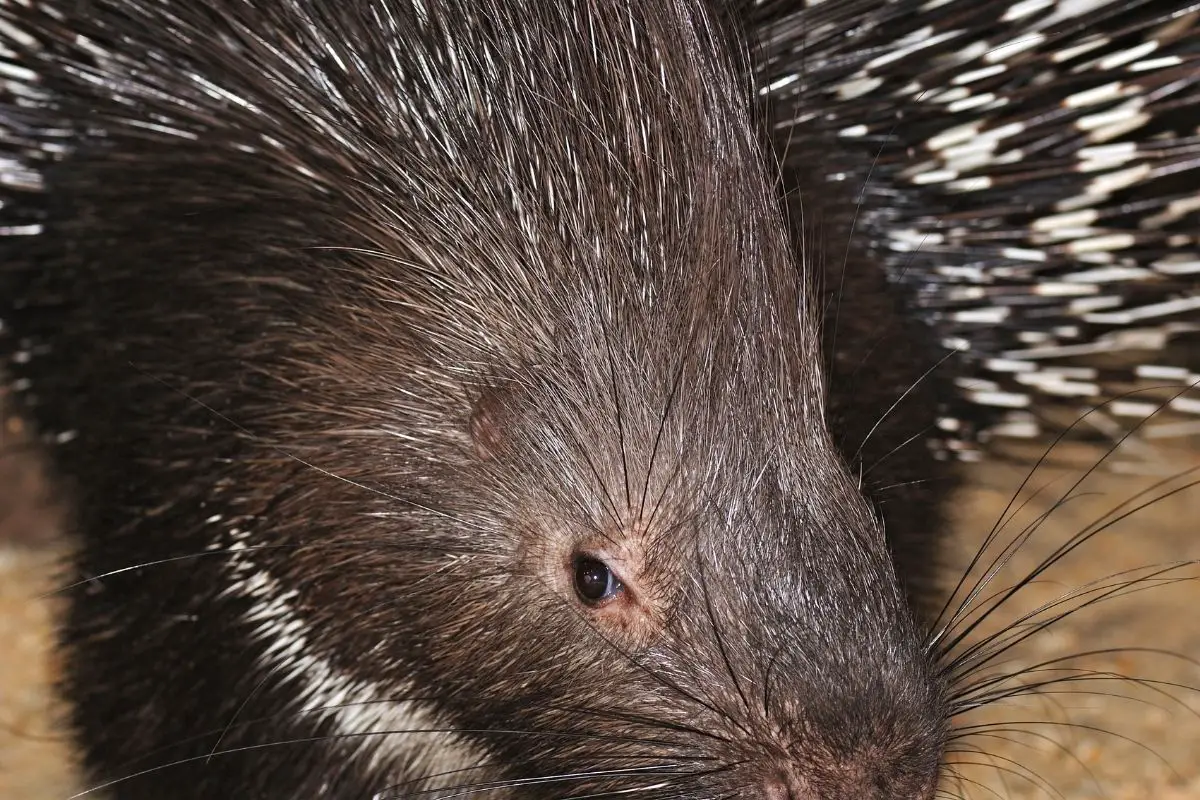
A fisher faces little danger other than human beings. Since the 18th century, they have been caught and killed for their fur. In the early 20th century, their pelts were so sought after that they were exterminated from numerous sections of the United States.
Their current range is smaller than it was in the past due to conservation efforts and protective measures. Some fur farmers sought to raise fishers in the 1920s when pelt prices were high. Breeding was challenging because of their unusually long gestation period.
Most fisher farming came to an end in the late 1940s as the price of pelts dropped. Encroachment into forest habitats has resulted in some disputes between fishers and humans. Male and female fishers are nearly indistinguishable in appearance, although males can grow up to twice as large as their female counterparts.
Seasonally, the fisher’s fur is thicker and glossier than it is in the summer. During the summer, the fur undergoes a molting cycle, resulting in a more mottled appearance.
Fishers’ Favorite Hunting Spots
When hunting, the fisher wants to do so in the thick of it all. Despite its ability to climb, it prefers to graze on the forest floor, where it may easily find food near downed trees. The fisher is an omnivore, eating a broad variety of tiny animals, as well as fruits and mushrooms, regularly.
One of the few creatures able to successfully prey on porcupines, it prefers the snowshoe hare. If anything, it prefers to avoid fish altogether. The fisherman’s cycle of reproduction lasts for approximately a year.
In the spring, the female fishers give birth to a litter of three or four young pups. Until the end of the summer, when they are big enough to leave on their own, the nurse looks after their little kits. Shortly after giving birth, females go into estrus and leave the den in search of a mate to continue the breeding cycle.
It’s not until the following spring that the blastocyst is implanted, and the cycle can begin again.



